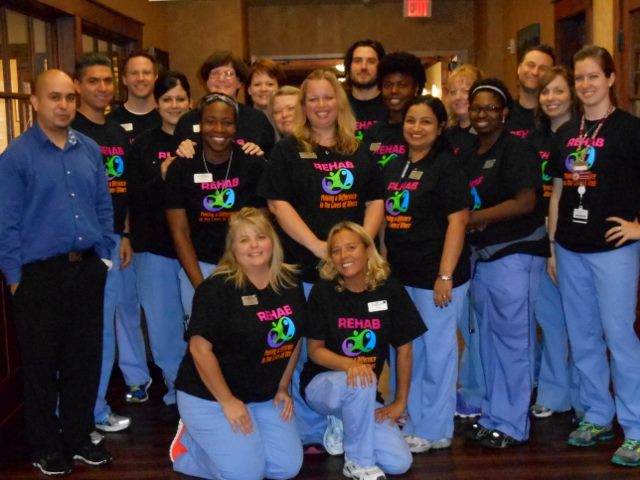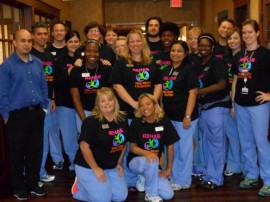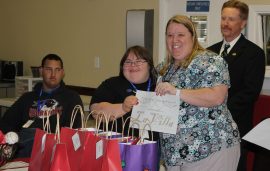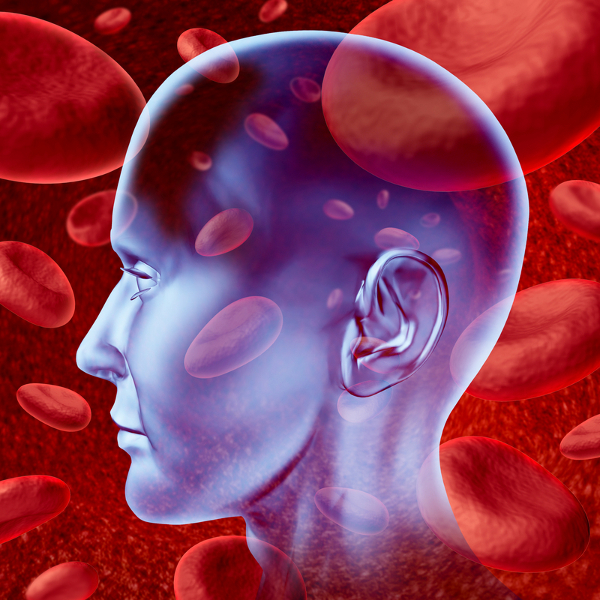James Anderson is a physical therapist for Horizon Home Health & Hospice, and he brings to us a wealth of knowledge and experience in postural restoration. In his former practice at ProActive Physical Therapy in Burley, Idaho, one of the first clinics in the country to be designated a Postural Restoration Certified Center, James attained clinical exce llence in the nonsurgical treatment of back, hip, knee, shoulder and neck pain. Through a combination of extensive continuing education and collaborative research, James has become an authority on postural restoration and now teaches national courses for the Postural Restoration Institute®.
llence in the nonsurgical treatment of back, hip, knee, shoulder and neck pain. Through a combination of extensive continuing education and collaborative research, James has become an authority on postural restoration and now teaches national courses for the Postural Restoration Institute®.
Over the years, James has provided course instruction and consultation to thousands of physicians, physical therapists, athletic trainers and strength and conditioning professionals nationwide. His expertise with biomechanics has led to invitations to serve as a sports performance consultant for a wide variety of collegiate and professional athletic organizations. These include regular consultation with athletes, trainers, and strength and conditioning professionals in the PGA, MLB, NFL, MLS, WNBA, UFC and several NCAA Division I men’s and women’s collegiate athletic programs. James’ passion for educating students, clinicians and other medical professionals has led to appointments as clinical instructor for several graduate programs and guest lecturer for a wide variety of local, regional and national events.
James received his Master’s Degree in Physical Therapy from the University of Nebraska Medical Center in Omaha in 1998. He completed his undergraduate studies at the University of Nevada Las Vegas, where he majored in kinesiology. He has been a faculty member for the Postural Restoration Institute for the past eight years.
James was a member of the first class to earn the designation of Postural Restoration Certified (PRC) as a result of advanced training, extraordinary interest and devotion to the science of postural adaptations, asymmetrical patterns, and the influence of polyarticular chains of muscles on the human body as defined by the Postural Restoration Institute®. We are pleased to welcome James to the Ensign family!
A Word on Postural Restoration
Postural restoration recognizes the unique asymmetry of the human body, whose intricate neurological, respiratory, circulatory, muscular and ocular systems differ on each side of the body. It is these differences, in fact, that work to balance the body — for instance, the torso is balanced with a liver on the right and a heart on the left.
Through exercise programs, therapists such as James who are trained in postural restoration are able to identify and correct imbalances that may result from the dominant overuse of one side of the body and the resultant system overuse on the other. These therapists also understand how the two hemispheres of the brain affect the balance of the body and incorporate reciprocal function to balance muscle activity around the sacrum (pelvis), the sternum (thorax) and the sphenoid (middle of the head).
To learn more about postural restoration, please visit http://www.posturalrestoration.com/.





